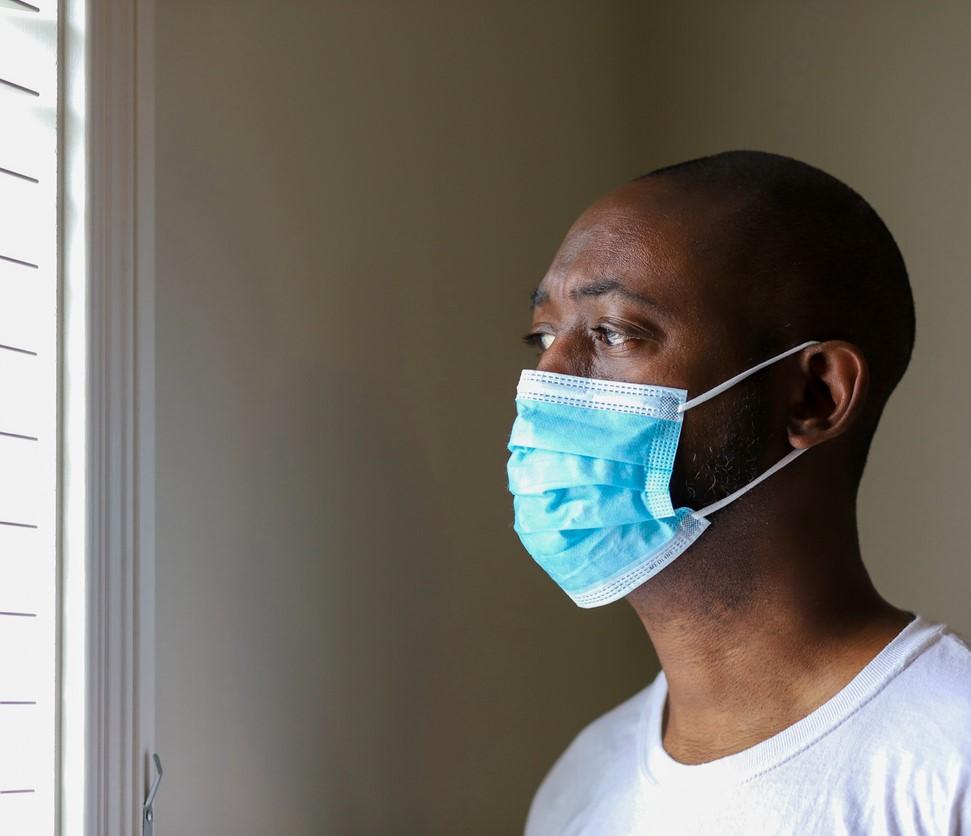A US meta-analysis and systematic review of data on 4.3 million patients analyzed in 68 cohort and cross-sectional studies shows that, relative to White people, Black, Hispanic, and Asian populations were at higher risk for COVID-19 infection and admission to an intensive care unit (ICU) but were less likely to die of the disease.
The study, published yesterday in JAMA Network Open, was designed to uncover the link between socioeconomic determinants of health and racial disparities in COVID-19 outcomes.
A team led by University of California at San Diego researchers searched for COVID-19 studies that included data on race and rates of infection, disease severity, and socioeconomic status published from Jan 1, 2020, to Jan 6, 2021, well before the more transmissible Delta (B1617.2) variant was predominant in the United States.
The researchers used the Area Deprivation Index (ADI), which accounts for income, education, employment, and housing quality, to measure socioeconomic disadvantage, and the Urban Core Opportunity Index (UOI) to measure urbanicity. They examined clinical care quality through preventable hospital stays, ratio of patients to primary care physicians, and percentage of the uninsured.
Of the 4,318,929 patients included in the study, 24.0% were White, 19.7% were Hispanic, 8.6% were Black, 2.4% were Asian, 0.2% were American Indian or Alaska Native, 0.2% were Pacific Islander, and 6.2% were of another race or multiracial.
Lower likelihood of death among racial minorities
In an analysis adjusted for age and sex, Black and Hispanic Americans were the most likely to contract COVID-19 (risk ratio [RR], 3.54 and 4.68, respectively), and Asian Americans were at highest risk for ICU admission (RR, 1.93).
ADI score was positively correlated with COVID-19 death rates in Asian and Hispanic people (P < .001), and less access to healthcare was positively correlated with COVID-19 infection in Hispanic and Black people (P < .001 for both).
After adjustment for ADI score, Black and Hispanic patients were nearly twice as likely as their White peers to test positive for COVID-19 (RR, 2.01 and 2.09, respectively), followed by Asians (RR, 1.12).
After adjustment for clinical care quality, Black Americans were still the most likely group to test positive for COVID-19 (RR, 1.79), followed by Asians (RR, 1.16).
Results in Black and Hispanic populations didn't change after adjustment for UOI, but Asian Americans were at highest risk for COVID-19 infection (RR, 1.13) after adjustment for UOI. Similarly, combined prevalence values showed that Black Americans had the highest rates of COVID-19 positivity. After adjustment for sex, Asians had an RR of 1.93 for hospitalization and ICU admission, relative to their White counterparts.
Among cohort studies, racial minorities fared better when assessing COVID-19 death rates per 1,000 people, at 143.99 for Black patients, 130.51 for Hispanic patients, and 42.99 among Asians, compared with 161.12 in White patients.
After adjustment for ADI in cross-sectional studies, Hispanic people were at lower risk of COVID-19 death than their White peers (RR, 0.44), but these studies showed that death rates per 1,000 people were highest among Black people (277.15), followed by Hispanic (213.34), White (173.38), and Asian (80.4) patients. Likewise, after adjustment for county median income, Hispanic and Asian people were at lower risk for death than White people were (Hispanic RR, 0.43; Asian RR, 0.44).
The role of socioeconomic disadvantage
In a meta-regression analysis, an increase in ADI was positively associated with COVID-19 death rates among Asian and Hispanic patients in cross-sectional studies (P < .001). Notably, an increase in ADI was negatively associated with death rates among Hispanic patients in cohort studies (P = .03).
A meta-regression of cohort studies showed that median county income was negatively associated with death rates among Asians (P < .001). In cross-sectional studies, higher median county income was associated with lower death rates in Hispanic and Black populations (P < .001). Median county income was also negatively associated with the proportion of White patients admitted to an ICU (P = .02).
While meta-regression showed that increasing income was positively associated with COVID-19 infection rates among Hispanic populations (P = .03), these two factors were negatively associated among Black populations (P = .02).
Among cohort studies, higher numbers of preventable hospital stays (P = .04) and number of patients to one primary care physician were tied to lower COVID-19 positivity rates in Black patients. In contrast, the number of patients served by one physician was positively linked with positivity among Hispanic people (P < .001).
Cross-sectional studies showed that the ratio of patients to a primary care physician was positively associated with COVID-19 death among White people (P < .001). The percentage of uninsured patients was tied to positivity in Black (P < .001) and White patients (P = .01) in both types of studies.
"African American, Hispanic, and Asian American individuals were at considerably higher risk of COVID-19 positivity and ICU admission compared with White individuals," the authors wrote. "Adjustment for social determinants of health and socioeconomic factors decreased risks of COVID-19 positivity in racial and ethnic minority groups; however, several factors were not accounted for by these variables."
Noting the possibility of bias in the included studies, the researchers conducted a leave-one-out sensitivity analysis to gauge the effects of outliers. Summary proportions were not significantly changed by the removal of these outliers, but removal in the COVID-19 death rate in cohort studies showed that Black Americans had the highest rate of COVID-19 death, followed by Asians, whereas White Americans had the highest death rate before removal of the outlier.
"We additionally observed high heterogeneity statistics in our results, indicating that there may be variability in the studies included," the authors wrote.





















